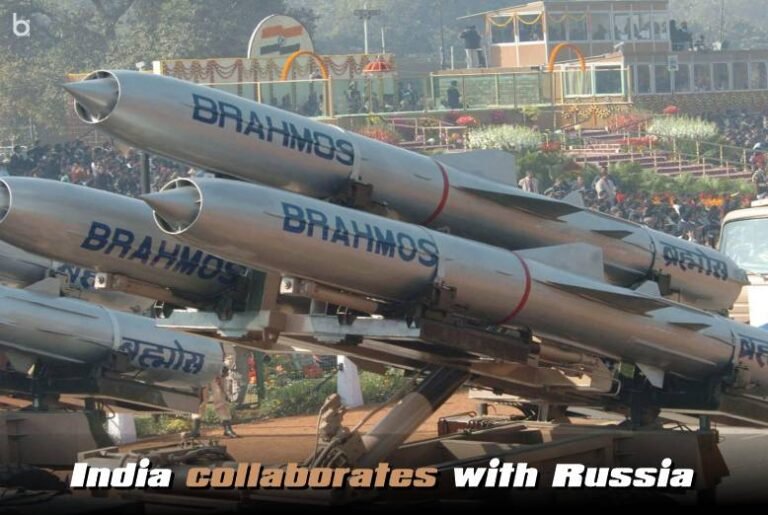Key Highlights:
- The BrahMos II hypersonic cruise missile uses a scramjet engine and has been declared as the fastest cruise missile in the world
- Russia is developing a special secret formula to enable the hypersonic missile to exceed Mach 8
- The hypersonic missile is scheduled to achieve its initial operational capability between 2025 and 2028
BrahMos II Hypersonic Cruise Missile
India has recently collaborated with Russia to develop BrahMos II–a Mach 7 hypersonic cruise missile. The hypersonic missile is being jointly developed by India’s Defense Research and Development Organization and Russia’s NPO Mashinostroyenia. It is scheduled to achieve its initial operational capability between 2025 and 2028. India is also developing an indigenous, dual-capable hypersonic cruise missile as part of its Hypersonic Technology Demonstrator Vehicle program. It has successfully tested a Mach 6 scramjet in June 2019 and September 2020. As per the Congressional report prepared by independent subject area experts for members of the US Congress, “India operates approximately 12 hypersonic wind tunnels and is capable of testing speeds of up to Mach 13”.
Operational Capabilities of BrahMos II
Hypersonic cruise missiles are capable of flying at lower altitudes and travel five times faster than the speed of sound making it difficult to detect them. Russia is developing a special and secret formula to enable the hypersonic missile to exceed Mach 8. The BrahMos II missile is expected to have a range of up to 1000 kms and a speed of Mach 8 making it one of the fastest cruise missiles in the world. The missile is powered by a supersonic combustion ramjet or scramjet engine after launch by a solid-fueled ballistic missile rocket motor. During the test of the hypersonic missile, the vehicle flew at an altitude of 30 kms at six times the speed of sound for about 20 seconds after separating from the launcher. The hypersonic missile can be launched against ships and land-based targets and installed on ships, submarines, aircraft, and ground vehicles.
Strategic Implications of the Hypersonic Missile
The BrahMos II hypersonic missile will provide a major strategic advantage to India in mountain warfare. It has been designed to find hidden targets behind and within a mountain range. The immense destructive power of the hypersonic missile will be generated through kinetic energy. This will prove useful in attacking hardened or deeply buried targets such as bunkers or nuclear and biological-weapon storage facilities. The hypersonic missile can prove to be a revolution for the Indian Army as it can shrink the time-to-target window, increase access to the target, enhance ISR capabilities, reduce adversary opportunities, provide extensive maneuverability, and much more.
Also Read: Chinese nuclear-capable hypersonic missile test surprises US intelligence



